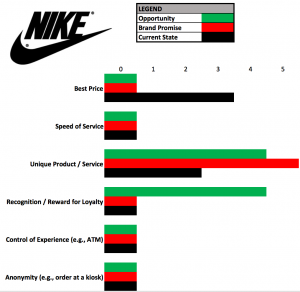People still use Valpak ( https://www.valpak.com/).
Really.
Before we got spam e-mail that someone from an African country wants to give us $20 million if we will just give them our bank account number (which someone wrote a really thoughtful piece on why it’s still useful for them to send that e-mail – which I can share if you request a copy) – there was Valpak (maybe even before Ed McMahon started telling us we may have already won millions). It was one of the first annoying things we got in the mail – an envelope stuffed full of coupons we will never use. Someone once told me Valpak is so crafty they have a patent on their envelope which is designed to spill the coupons all over your floor if you ever actually open it.
But just last week, my wife was flipping through our Valpak (she managed not to spill them all over the floor), and there was a coupon for something we needed – garage door repair, and she called the guy and it was great. We asked him how happy he is with Valpak and he said he spends $300 a month for it, and he gets 5-6 new customers every day as a result – and the average new customer spends about $100. Impressive. That works out to more than 3000% return on his investment.
At a time when a lot of us are focused on automating everything and getting all things digital, as Alina Tugend pointed out in this article in The New York Times today, with some insights from Brian Gregg at McKinsey, companies like REI want to send coupon messages in real time to our smart mobile devices to improve our loyalty when we are near one of their locations and we have opted in to receiving these sorts of messages (this HBR piece talks about how not to be creepy with this sort of technology). I spent a long time in the customer loyalty business, and while it’s no surprise that organizations have evolved from the buy ten get one free model (a problem in that approach is you are rewarding your already loyal customers) and getting better about lifetime customer value, though in the evolutionary path, it still feels like most organizations are still dragging their knuckles, as it were.
So at a time when everyone from McKinsey to Microsoft to the Cleveland Clinic is talking about Customer experience transformation in some way or another, some percentage of the population still depends on land lines and postal mail for communication. That doesn’t mean we should all stop work on our customer experience journey maps or our extensive analysis of where the most valuable changes can be made – it simply means we need to remember not everyone is in Buck Rogers land and that as we define digital means of attracting, identifying, and retaining customers we need to also be realistic about how much communication / interaction needs to stay in the tangible physical world. Especially in the world of healthcare, the percentages are probably pretty high in some markets.






 Some people seem to know what they want to spend their life doing before they finish breast feeding, while other people are so good at something (or everything) that they can do anything they want whether it’s investment banking, starting a business, being a doctor, you name it. People like Bill Gates, Richard Greene, and Manny Vellon come to mind.
Some people seem to know what they want to spend their life doing before they finish breast feeding, while other people are so good at something (or everything) that they can do anything they want whether it’s investment banking, starting a business, being a doctor, you name it. People like Bill Gates, Richard Greene, and Manny Vellon come to mind.